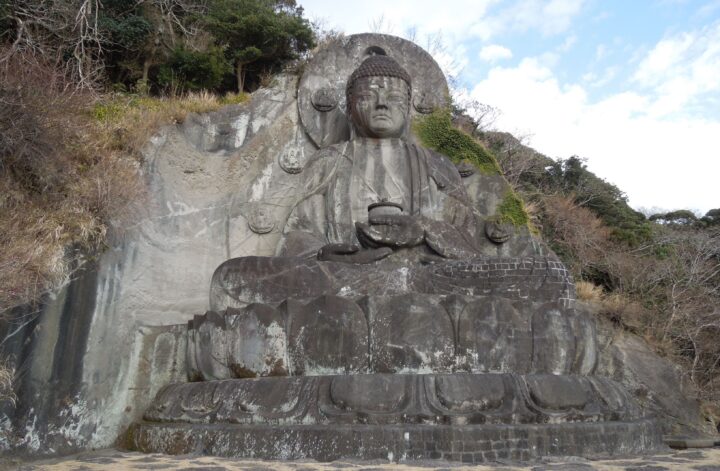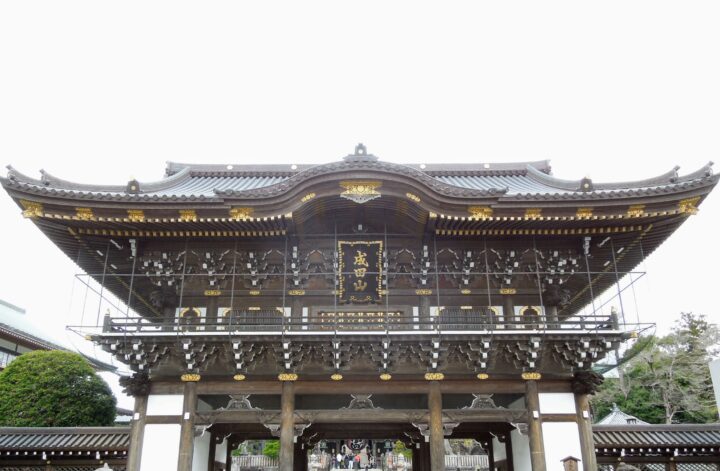My family drove to Kisarazu City. On the way, we saw cherry tre […]
Greater Tokyo
Posted on:
Nokogiriyama
My family went to Nokogiryama, which means “Mountains of Saw.” […]
Greater Tokyo
Posted on:
Naritasan Shinshoji Temple
My family visited Naritasan Shinshoji Temple. This temple is so […]


